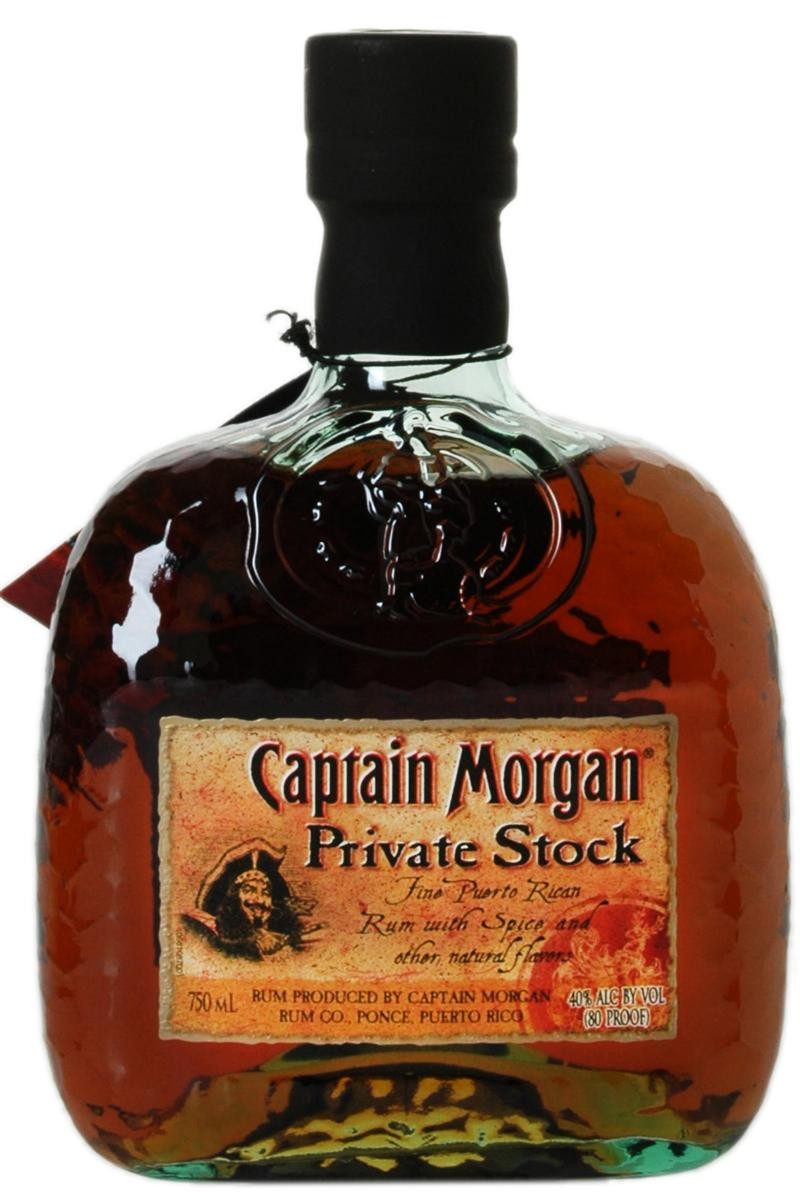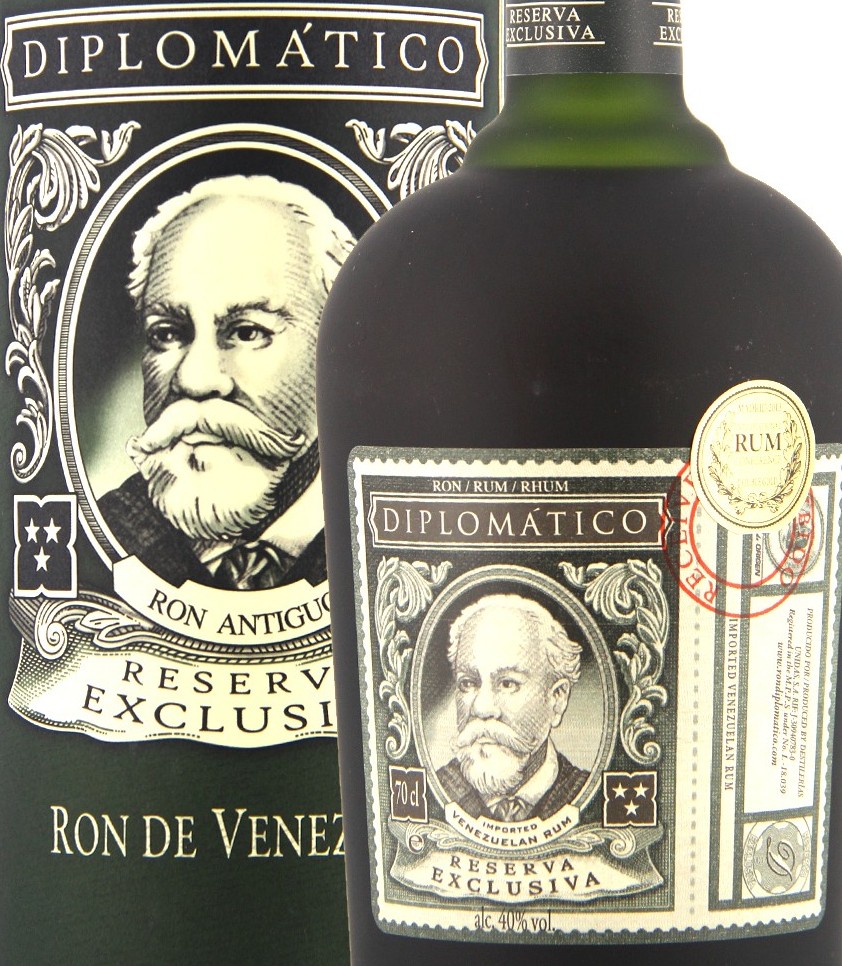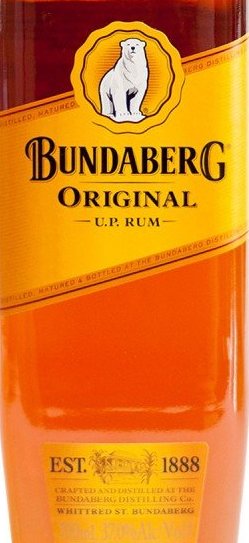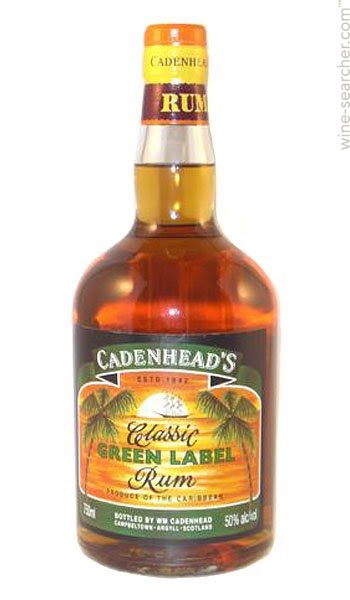First posted 30 July 2010 on Liquorature.
Pungent, full and pleasant to drink. Amrut may be taking the whisky world by storm, but I think this may have been the real shot across the bows
Didn’t Clint and the Last Hippie just post good reviews of Amrut’s fusion whisky the other day? In researching the second of three new rums for the July 2010 gathering, I discovered (much to my surprise), that the same company out of Bangalore India, makes this very capable young rum called Old Port (I can’t get any details on ageing, distillation methods or composition for this baby, alas). Now India having spoken English longer than America, being a British colony ever since Clive in 1757 (look up Plassey, ye historically challenged ones), I sort of expect the whisky production (and definitely gin), but this was the first rum from there I had ever managed to snag. This is the dark side of having so little choice, here in Calgary: you grab anything new with a price tag and hope for the best, and in your hurry to elbow the other guy out of the way, you don’t read the label carefully enough. I should have picked up the reference.
The bottle is short and squat, and the dark brown liquid sloshes invitingly within. The nose is candied caramel, and the molasses from which it is made comes through clearly. It smells a bit like a spiced rum, to be honest, sweet and thick. Neat, that caramel charges at you right out of the gate, and you also get hints of cinnamon, and a spicy undertone of some kind. There’s something unidentifiable buried under there, that spicy note which harkens to muscatel grapes, bananas or perhaps prunes, and I can only attribute that to either the distillation method, the source cane (remember how the Bundie blew us all away because of its crazy taste utterly at odds with our conceptions of rum? same thing here, but in a much much better way) or some subtle spice addition in the blend that gives Old Port Deluxe a distinctive taste and bite all its own. Whatever it is, I liked it, and the the overall texture and taste in the mouth were pleasant and tasted of just enough sweet. The burn on the back of the throat was a sort of dark rich caramel, deep yet not sharp. It’s not entirely successful as a sipping rum – lack of care in making this a successful marriage of flavours and tastes mitigate against that – but as mixer, I thought it was excellent
Amrut distillery was founded in 1948 (that would be the year the British left), and since India is the second largest sugar cane producer in the world after Brazil, is it any surprise they have made some kind of spirit out of it? For the most part and for many years they served the local “country hooch” market, but have in recent years branched out international… primarily in fine whiskies. The rum component of their production – the part that isn’t for internal consumption – is still relatively unknown. In part this is because of the craziness of the Indian liquor landscape: there are thirty-three states in India and each has its own liquor policy – Gandhi’s philosophy on prohibition make booze illegal in Gujerat, for example. The sugar lobby prevents local country spirits from being legalized; import taxes on foreign liquor are stupendously high…and yet the horribly large shot serving preferred in places like the Punjab makes India one of the largest tippling nations in the world. The British influence makes whisky preferred to rum as a sign of the upper classes (poor rum – no respect on the shelves of Calgary, and now none in the tastes of India either…sigh)
From country hooch, local tipple, flavoured vodkas, gins, brandies and whiskies, all based on molasses, to premium whiskies like Fusion and its counterparts is quite a step. But I have to tell you that the rum as a whole wasn’t bad at all, and I liked it a lot. It didn’t really have much competition that evening – el Dorado Five and the disappointing Mount Gay Extra Old – so it turned out to be the sleeper of the evening, in my opinion. With the gradually increasing prescence of this 60+ year old distillery on the world liquor stage, all I can say is I look forward to their premium offerings to come: Curt was impressed with their whiskies, but I gotta tell you, if this was an example of their rums, they are worth watching in the future for something really stellar.
(#032)(Unscored)
Other Notes
- There is a peculiar absence of information about this rum in spite of its fame. Nowhere is it noted what kind of still it came from, how long it was aged, what are the components of the blend, or whether it derived from molasses, cane juice or jaggery. That includes the reviewers (one dating back to 2009) as well as Amrut’s own site.
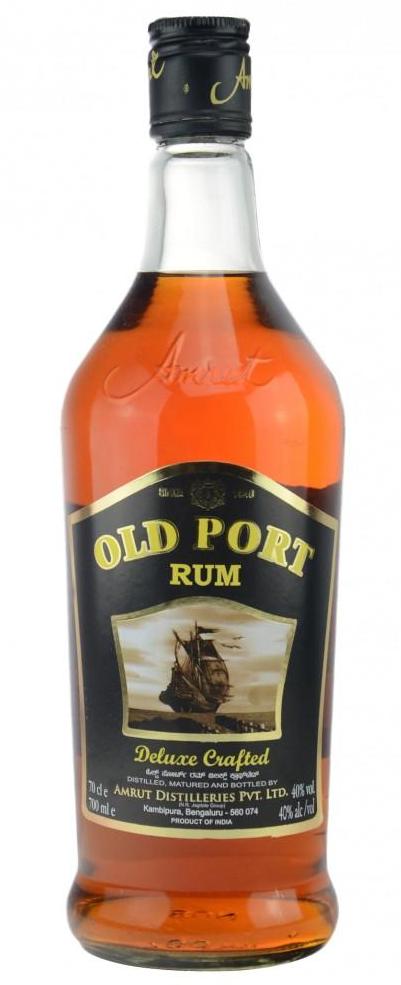

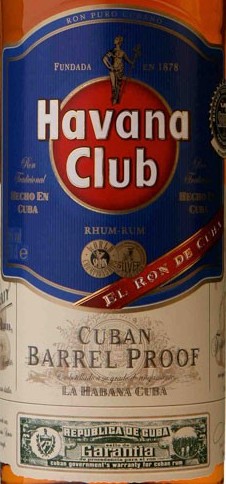 First posted 9th June 2010 on Liquorature.
First posted 9th June 2010 on Liquorature.